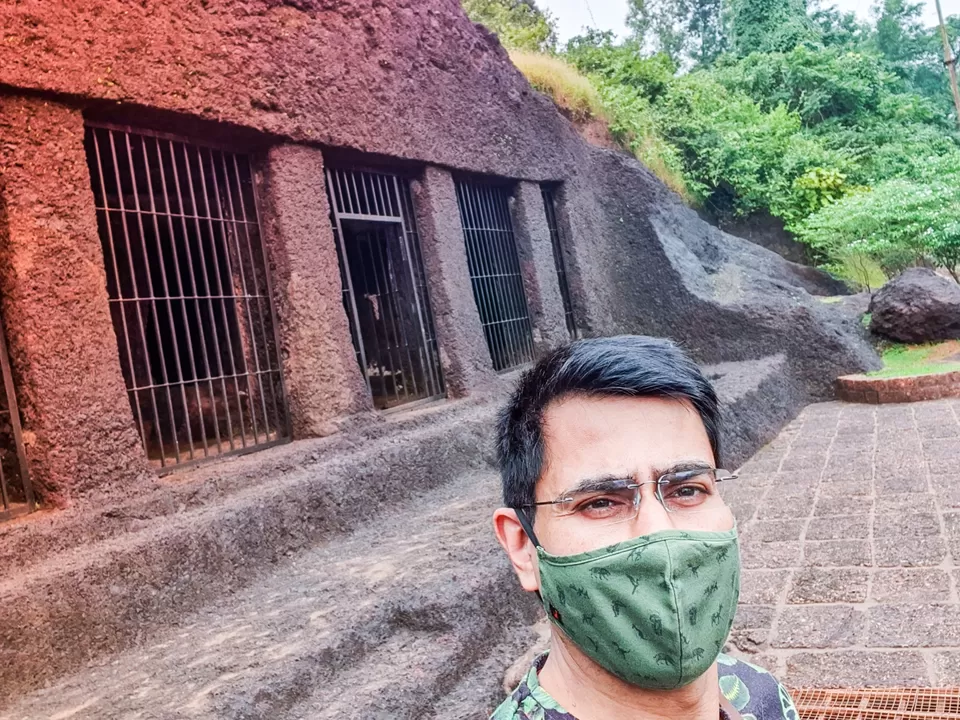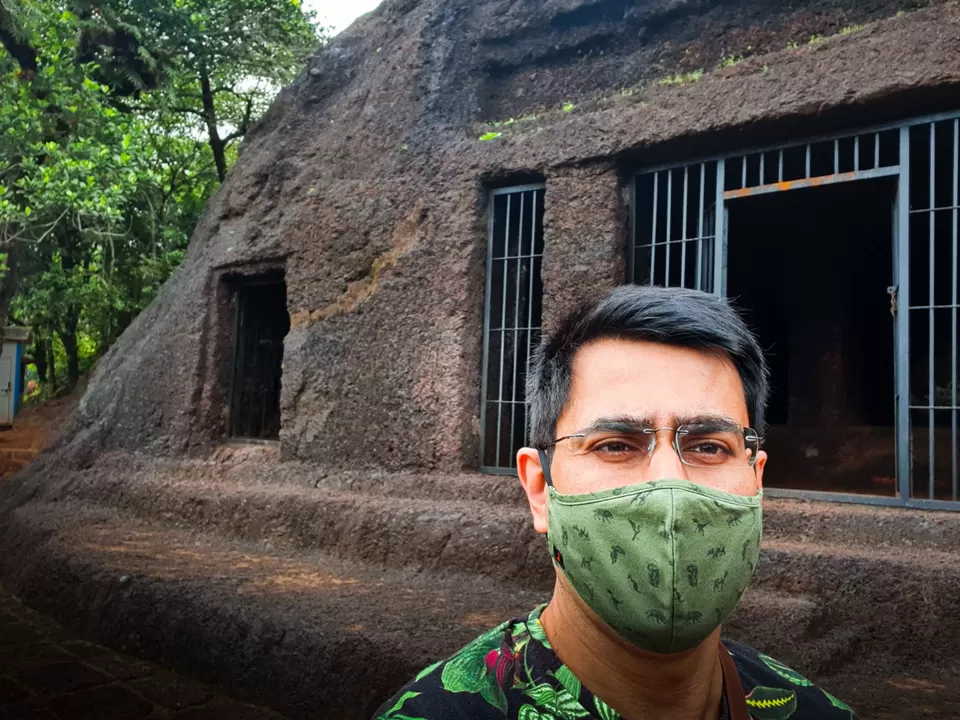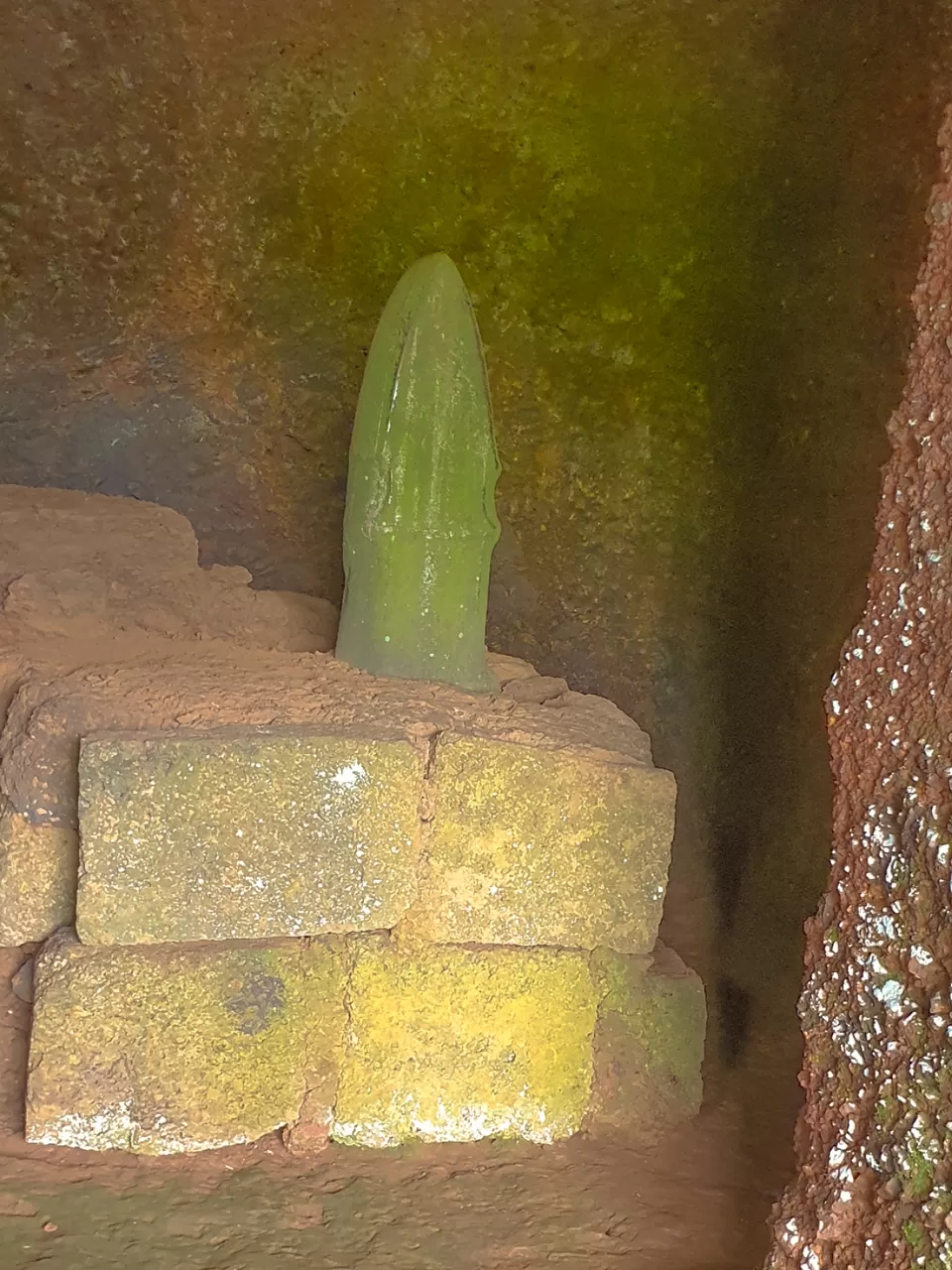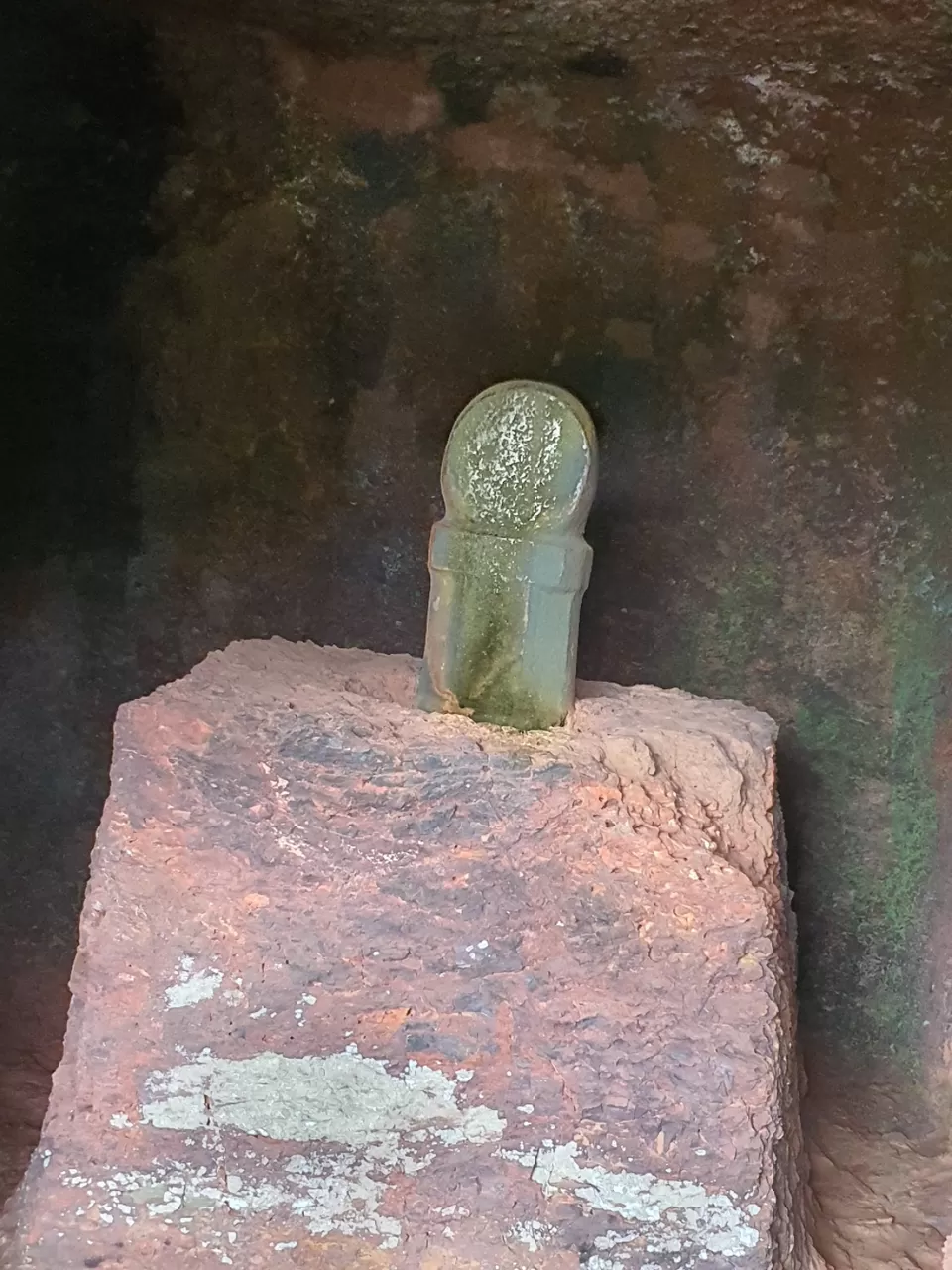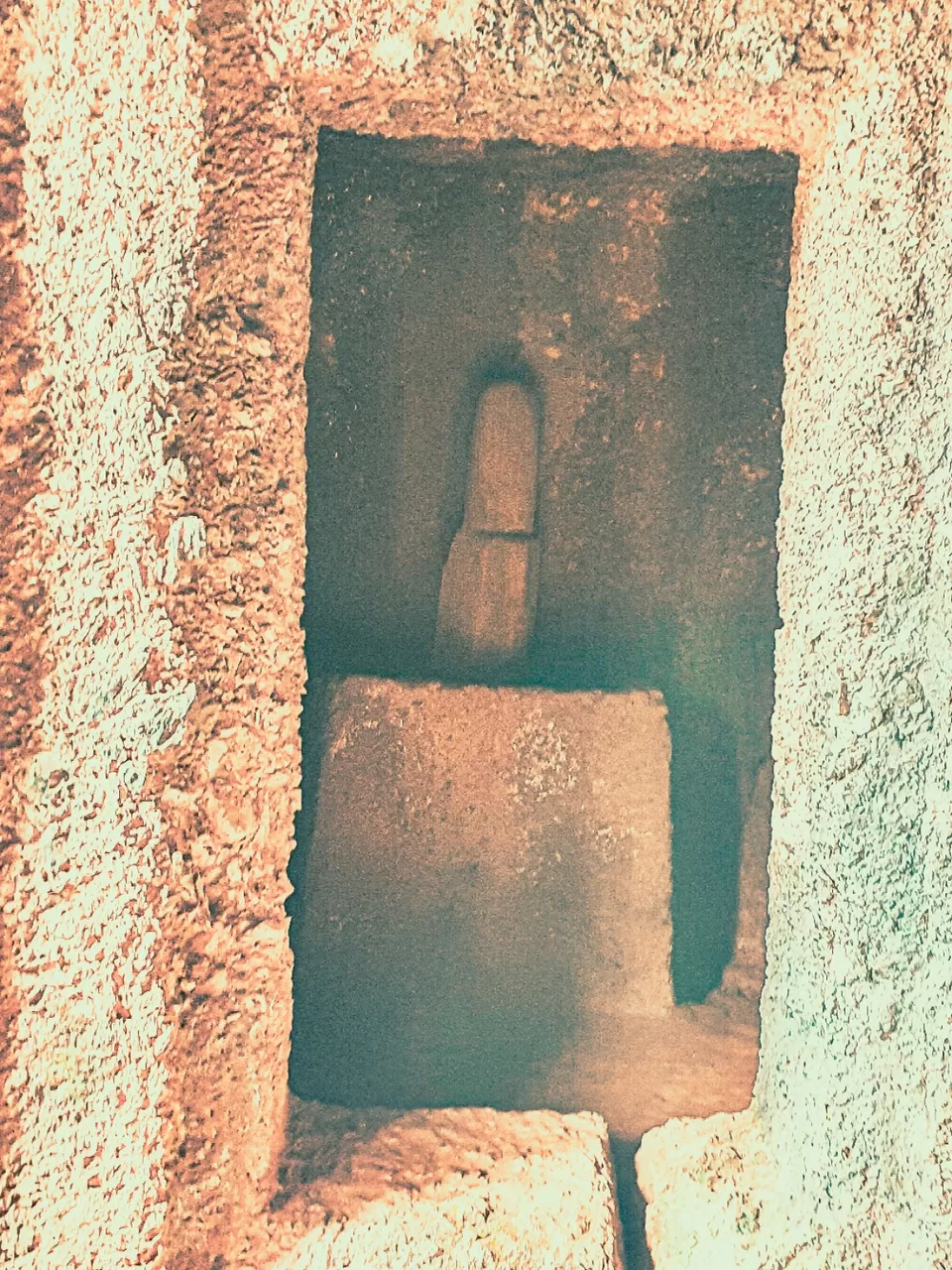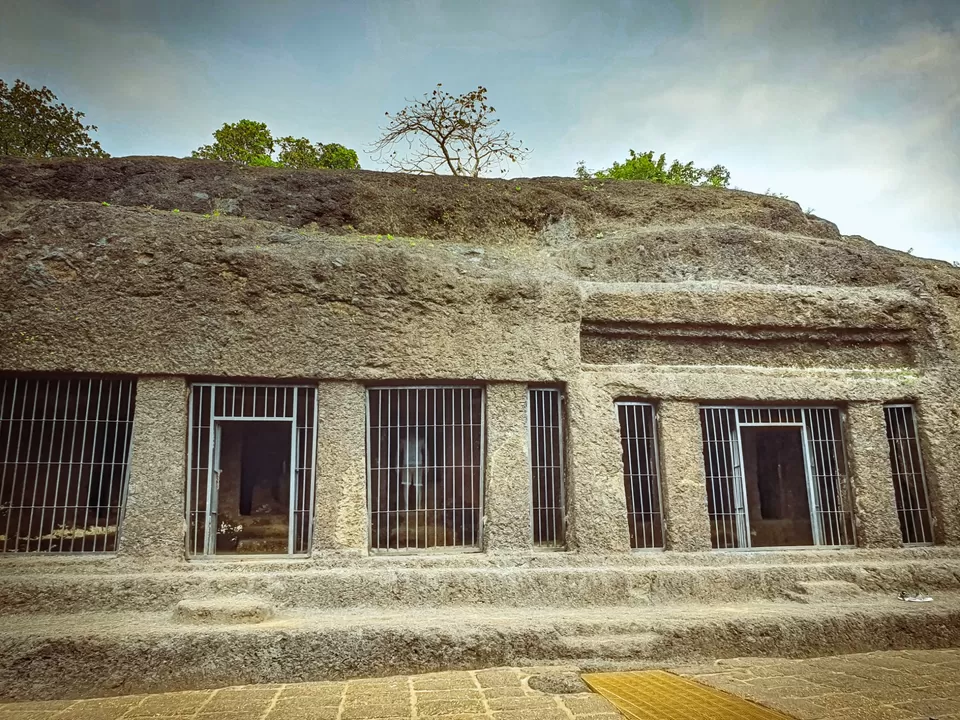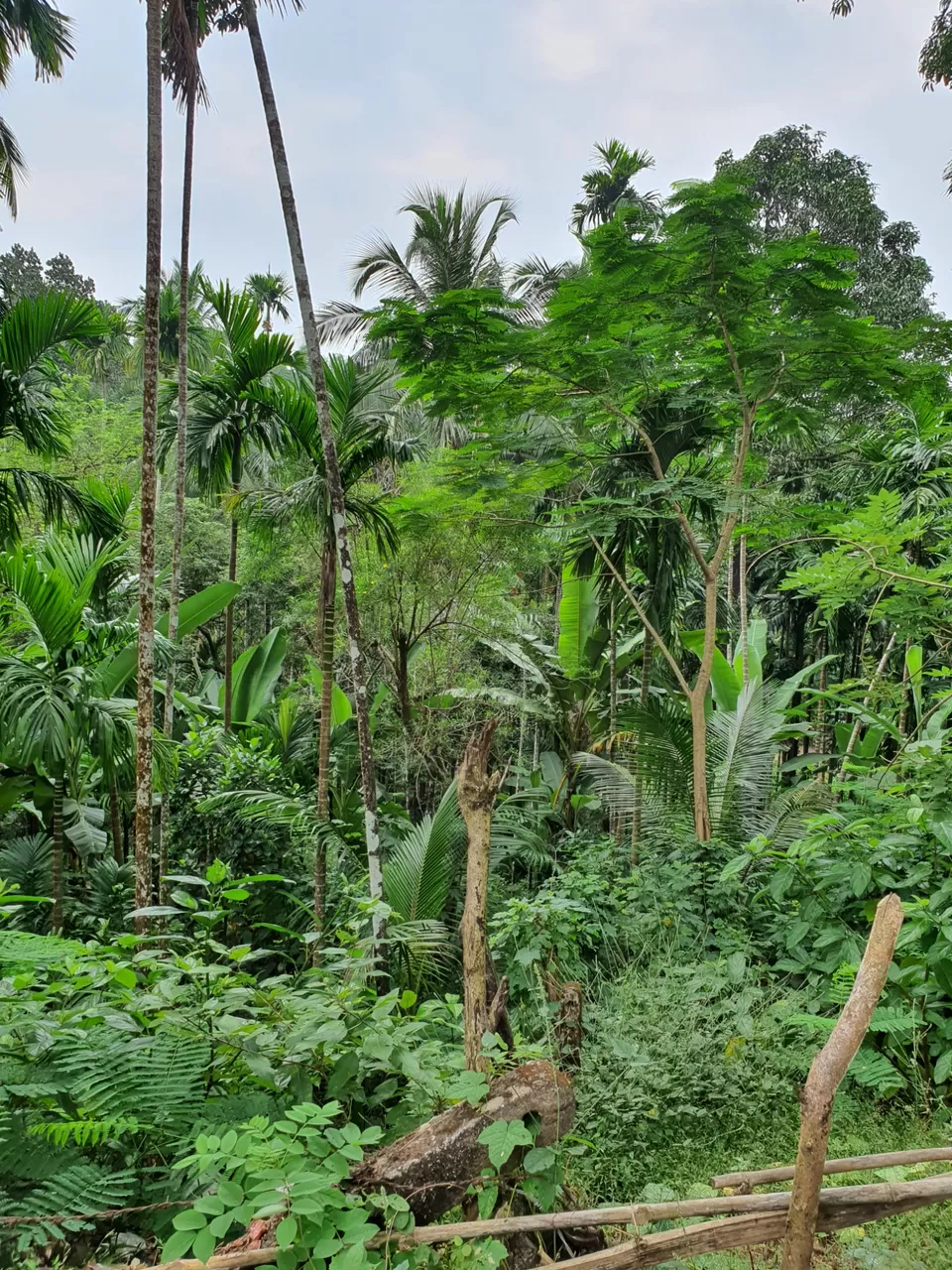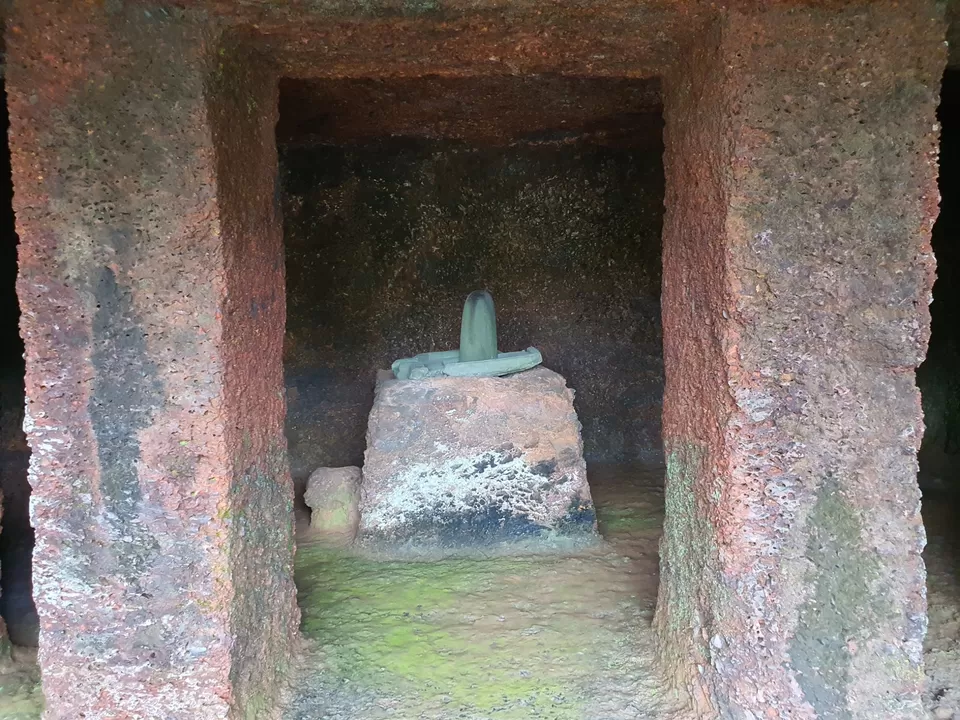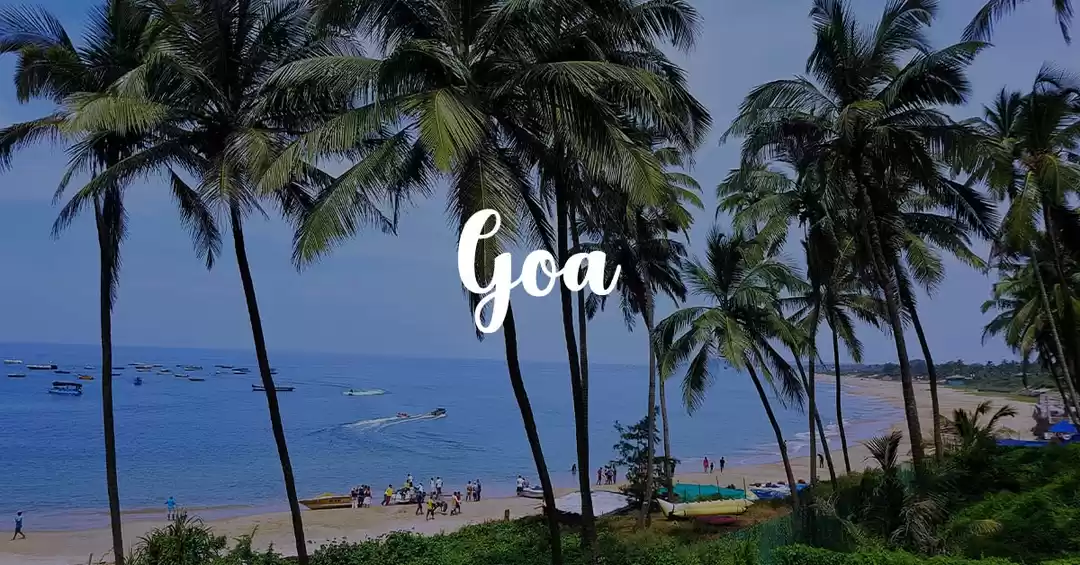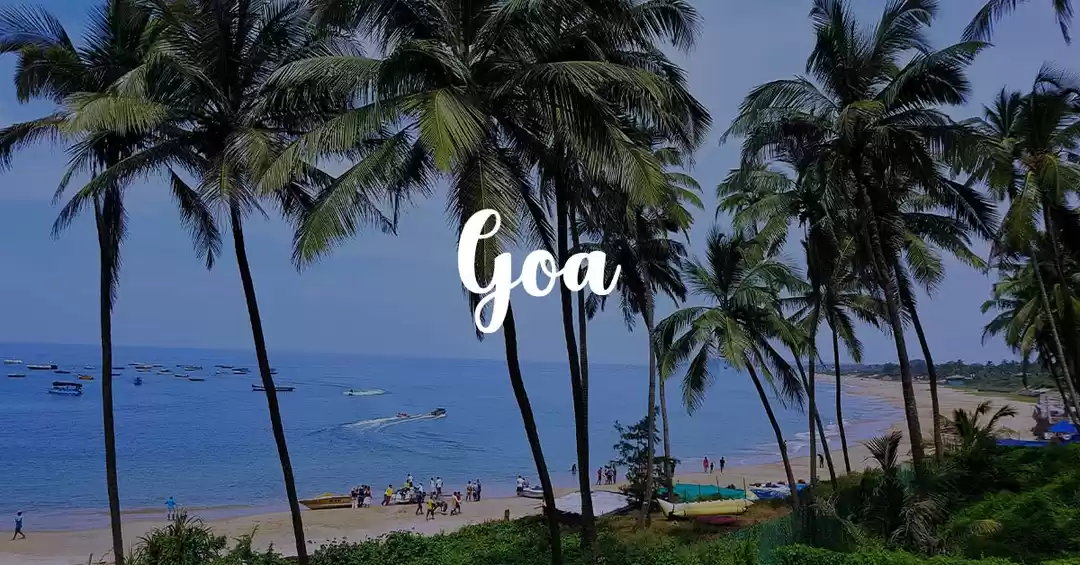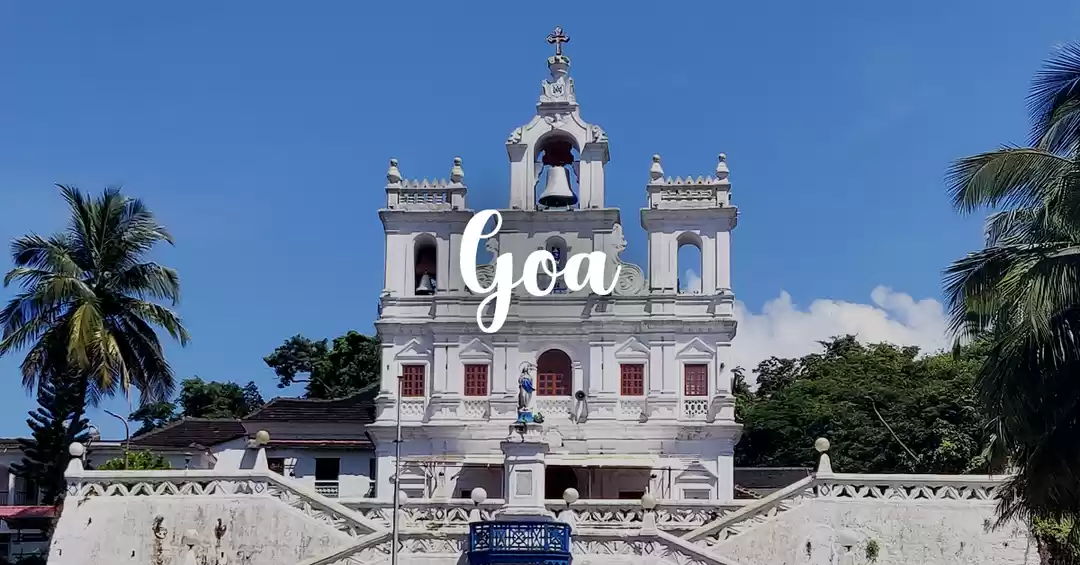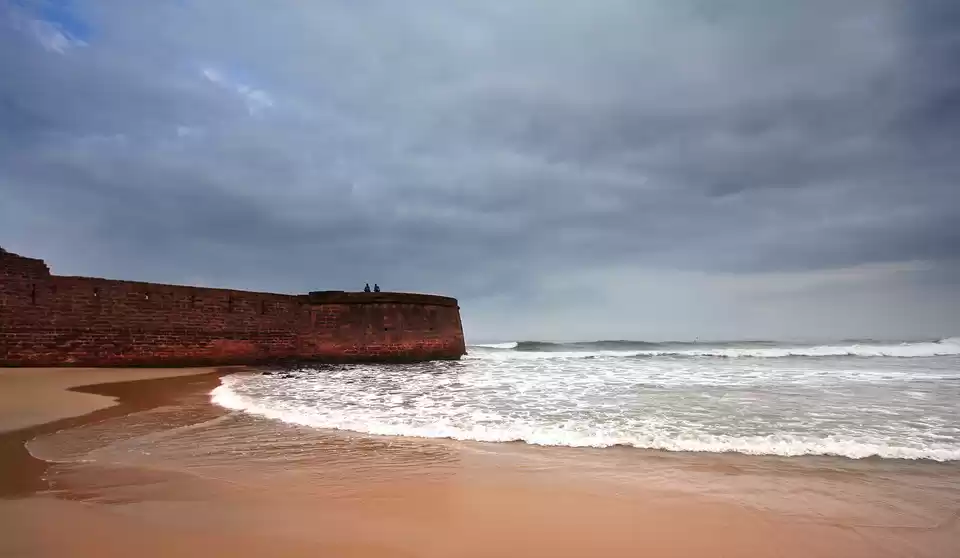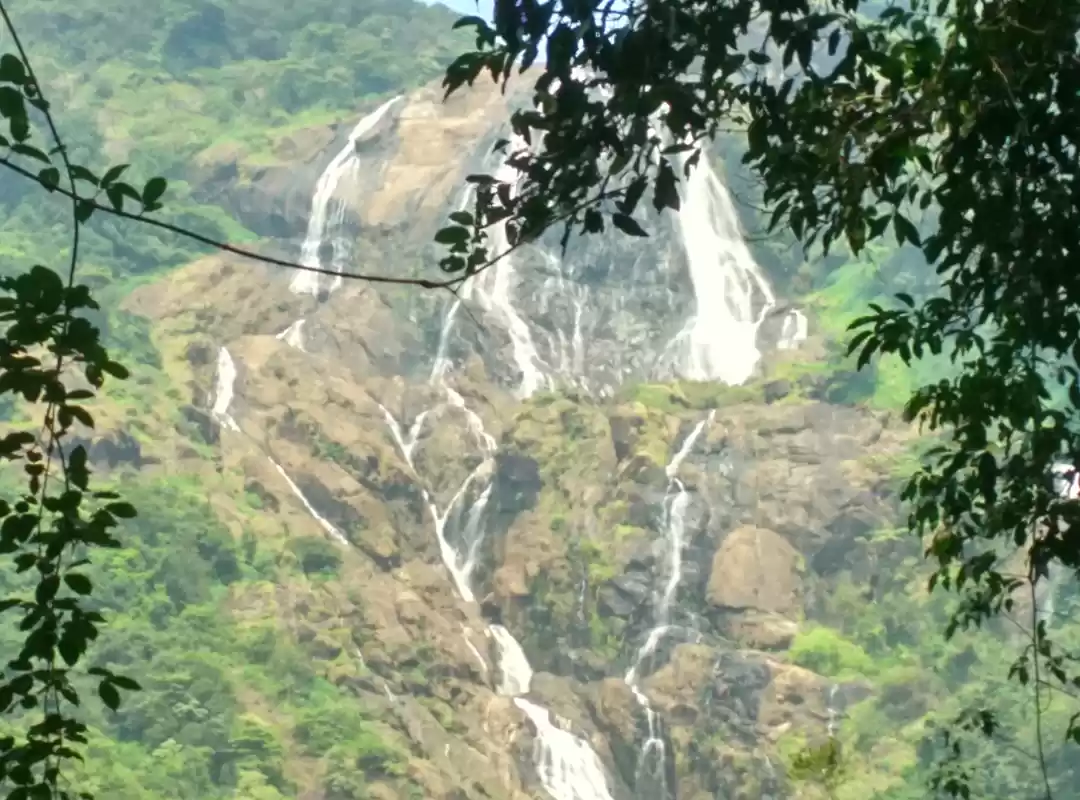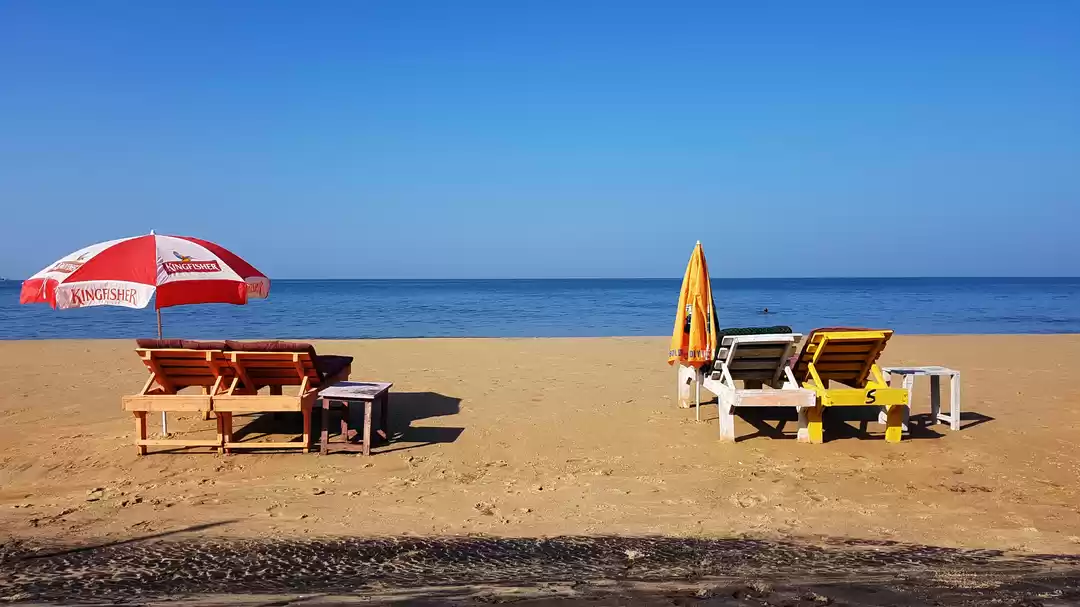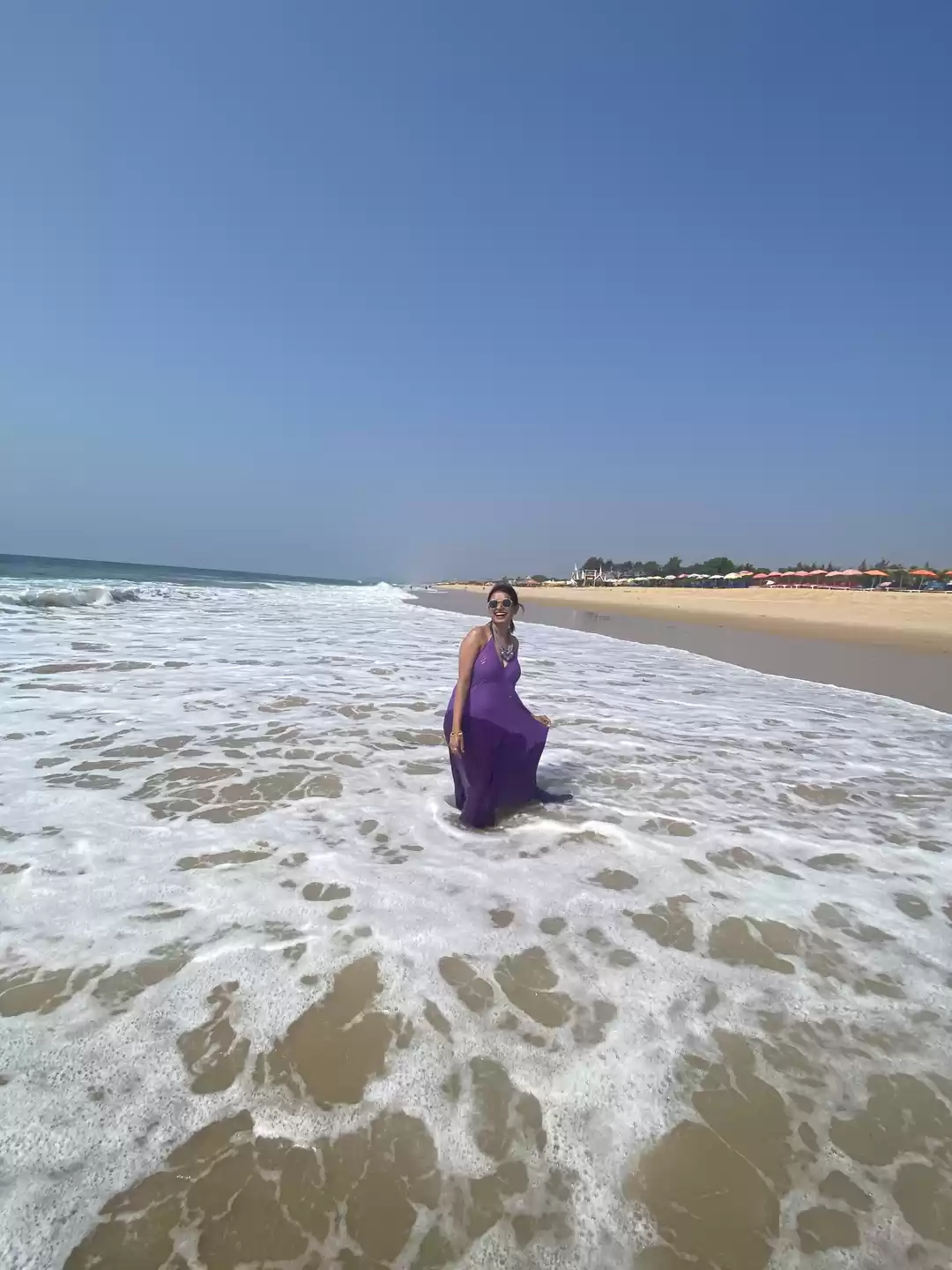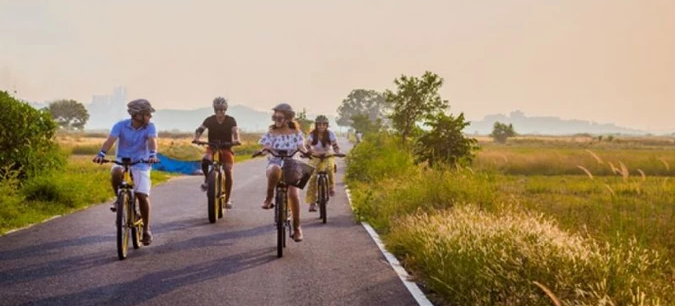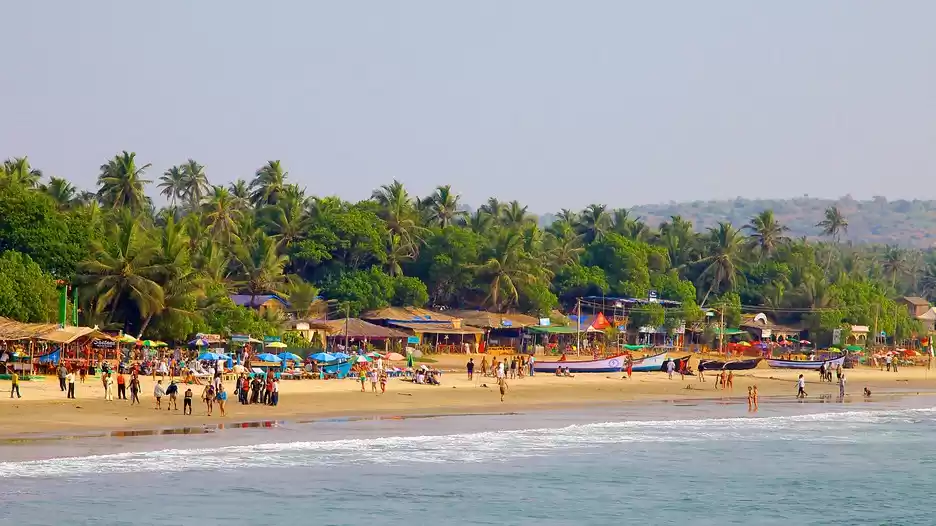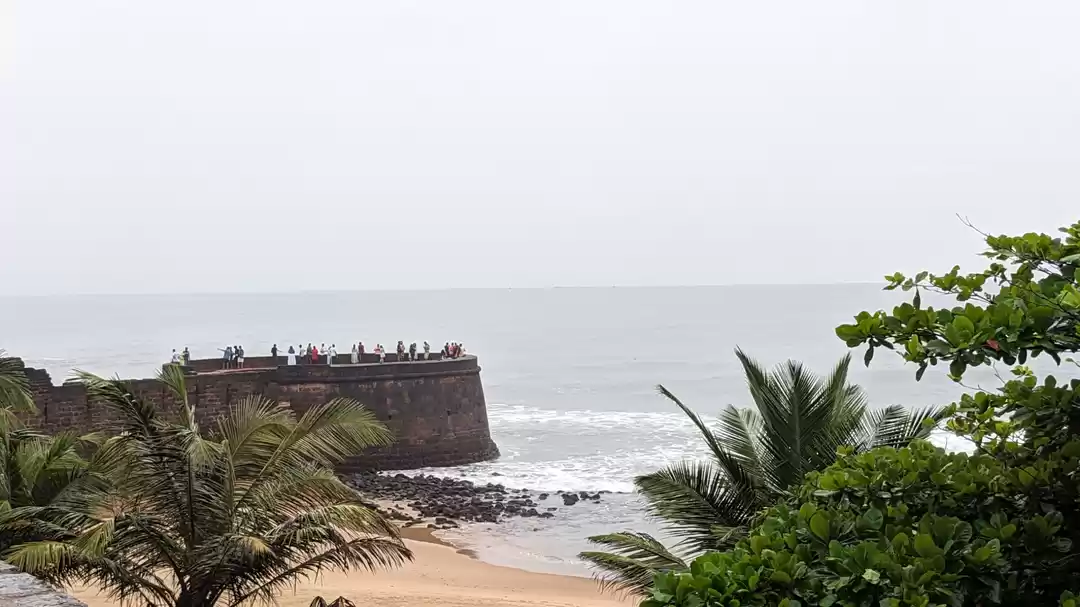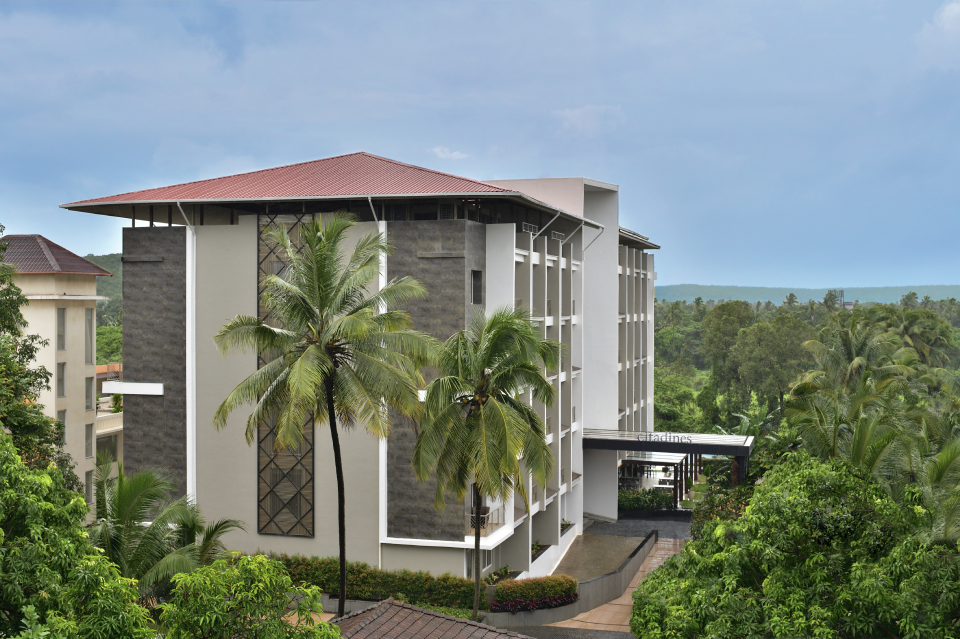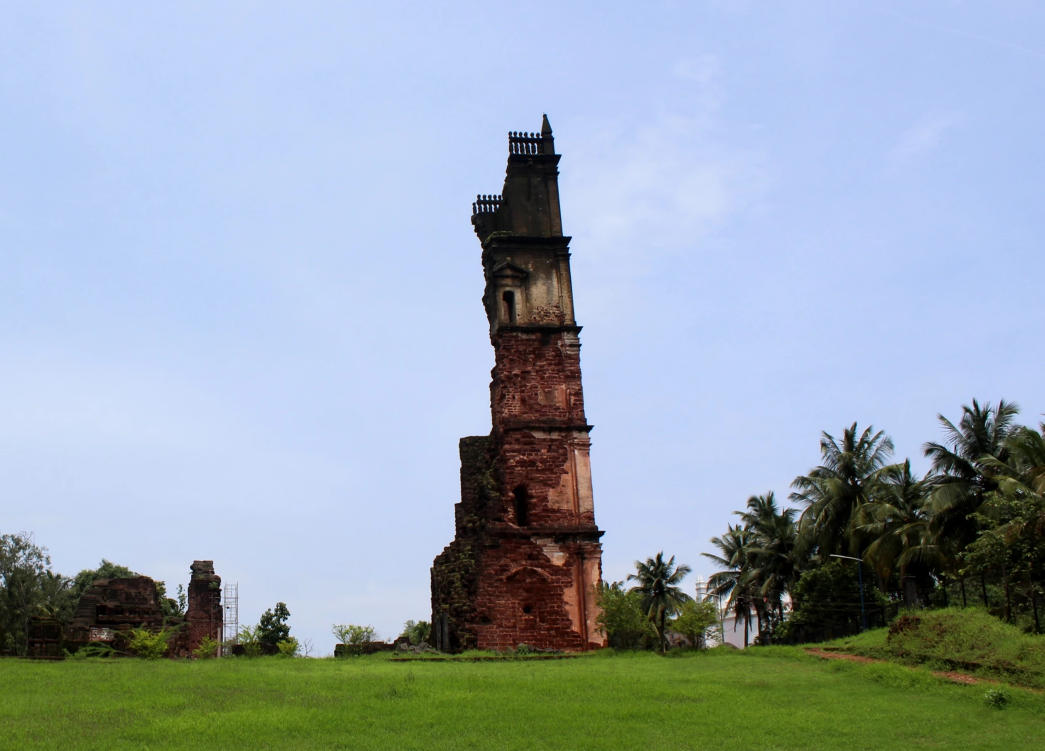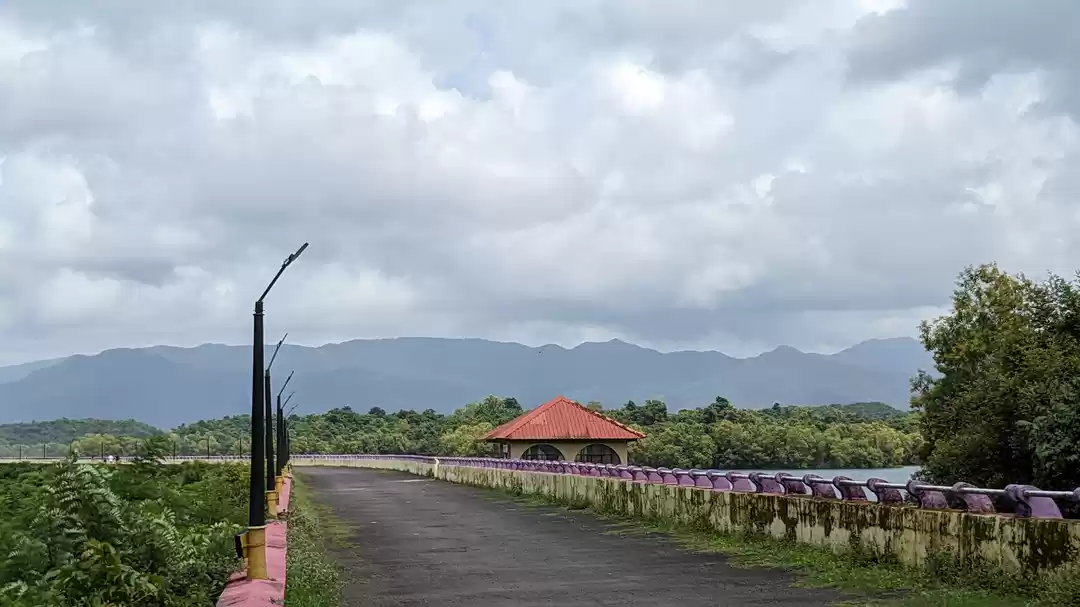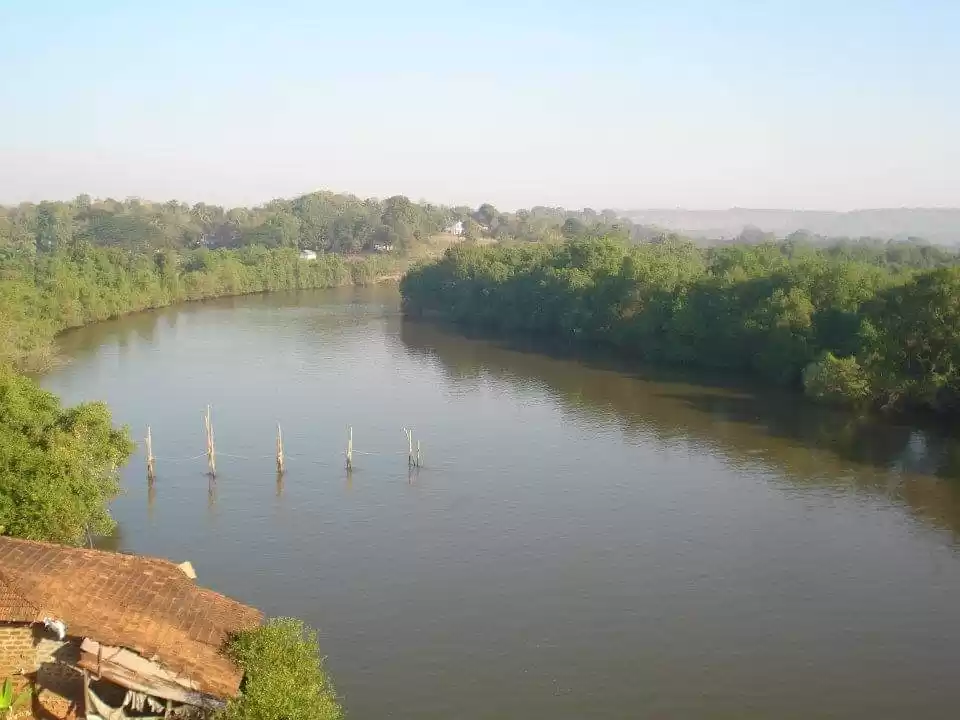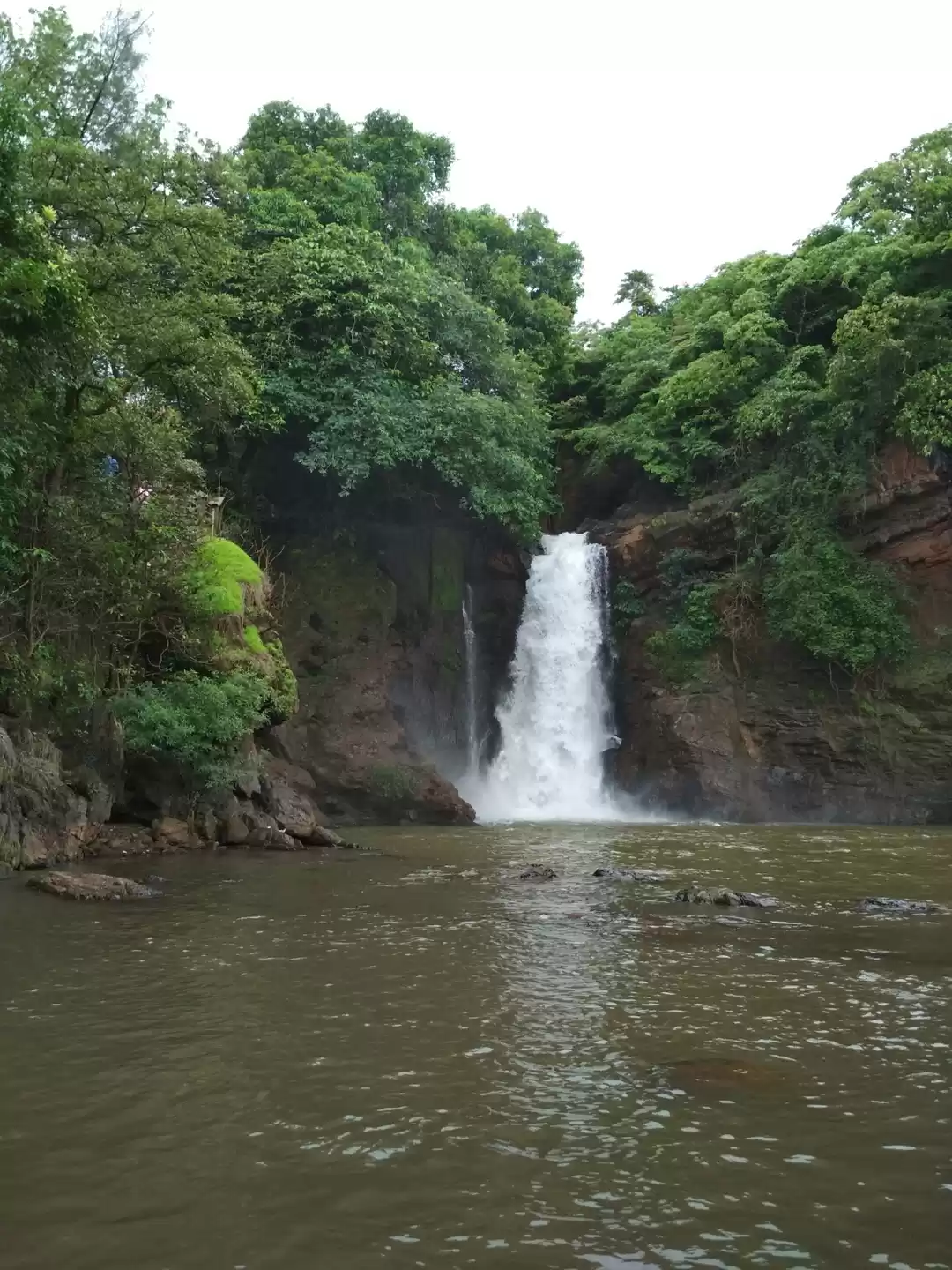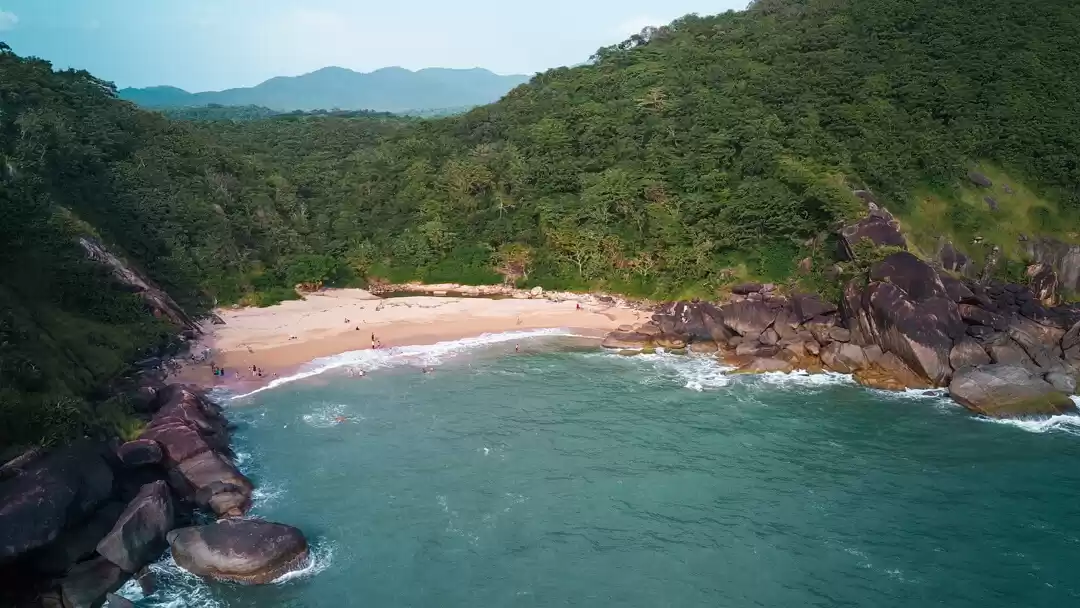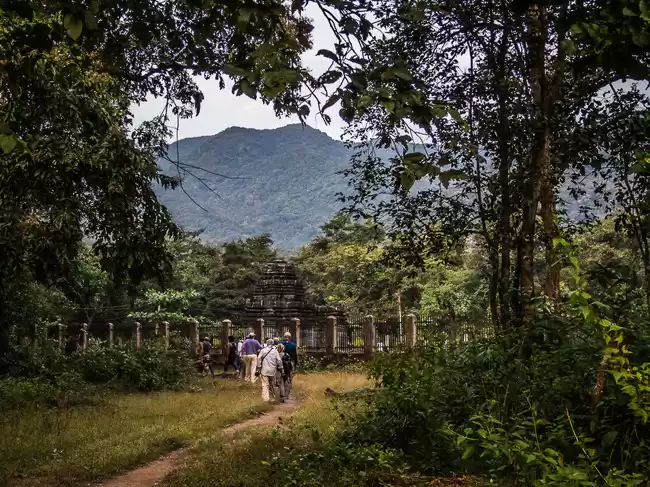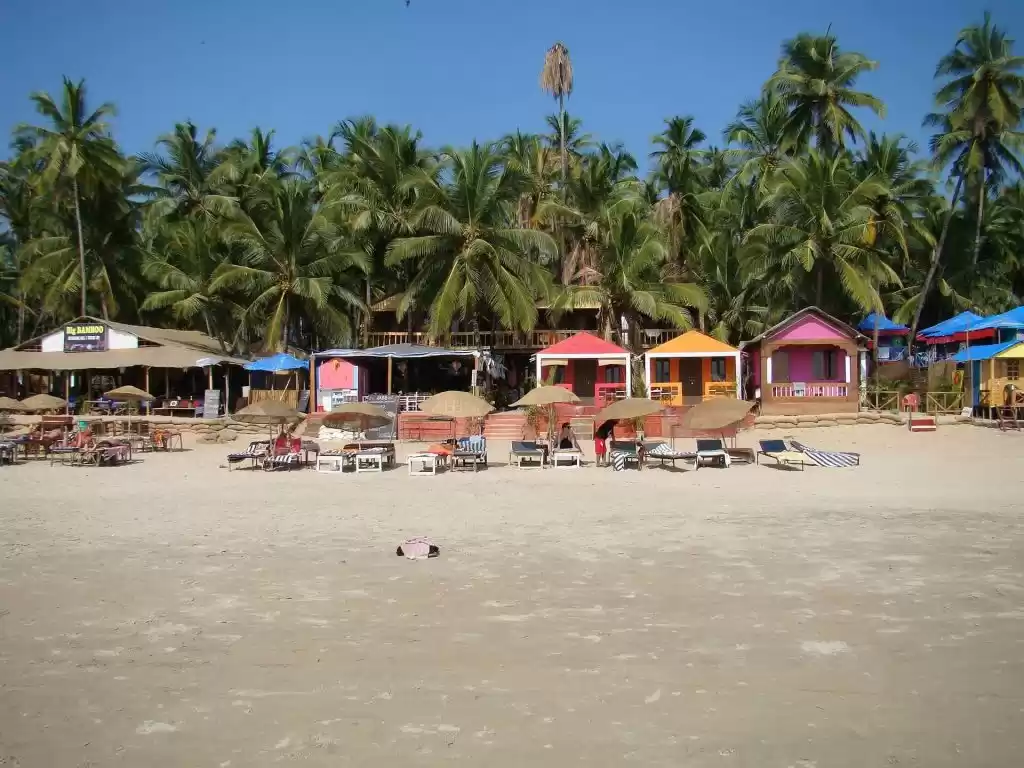Visited Arvalem falls Harvalem waterfall is a scenic, serene and worth-visiting place, especially when the monsoon sets in, in this southwestern coast of Goa. It is situated in the vicinity of Bicholim and Sequelim towns in North Goa.
During the rains, the broad white cascade of the waterfall flows noisily through the terrain made up of rocks and trees. In winter, the waterfall is reduced to a trickle. This waterfall cascades down from the height of 70 metres, making it an awe-inspiring sight for tourists. It is a beautiful place to enjoy a fun day out in Goa with family.
The place is ideal for a weekend family outing or picnic. You can spend more than two hours at the waterfall site and enjoy various fun activities, including taking a dip in the water, strolling across the lush surroundings, clicking pictures near the waterfall, visiting little shops nearby among other things.
A recreation centre adjacent to the waterfall has been set up by the government of Goa so that tourists can make the most of their trip to the site. This is one of the best places to visit during monsoon in Goa.
The Harvalem Waterfall is also popular among teams of film crews for shooting. The Harvalem Caves, rock-cut hollows of the fifth century, are located near the waterfall. The caves are believed to be dwellings of the Pandavas as per the Mahabharat. The Rudreshwar temple is also located near the waterfall. So visiting the waterfall, helps you cover so many other tourist spots as well.
From Panjim: You will reach the Harvalem Waterfall from Panjim in the quickest time as it is the shortest route.
By bus: It will take you around 1 hour to reach the destination from Panjim. You will pass through the Margao Highway Bypass Road. You can also save your money and opt for the cheaper bus rides from Panjim Kadamba bus depot. This is under the government transport facility.
Private car or taxi: If you hire a private car, it will take around 32 minutes from Panjim to reach the waterfall site. The distance of Harvalem is just 24km from Panjim.
From Goa International Airport: The distance between Goa International Airport at Dabolim and arvalem Waterfall is around 60 km. The distance can be covered through pre-paid taxis or app cabs in one and a half hours. The cars will ferry you to the waterfall site through the Hathkhamba-Goa Road.
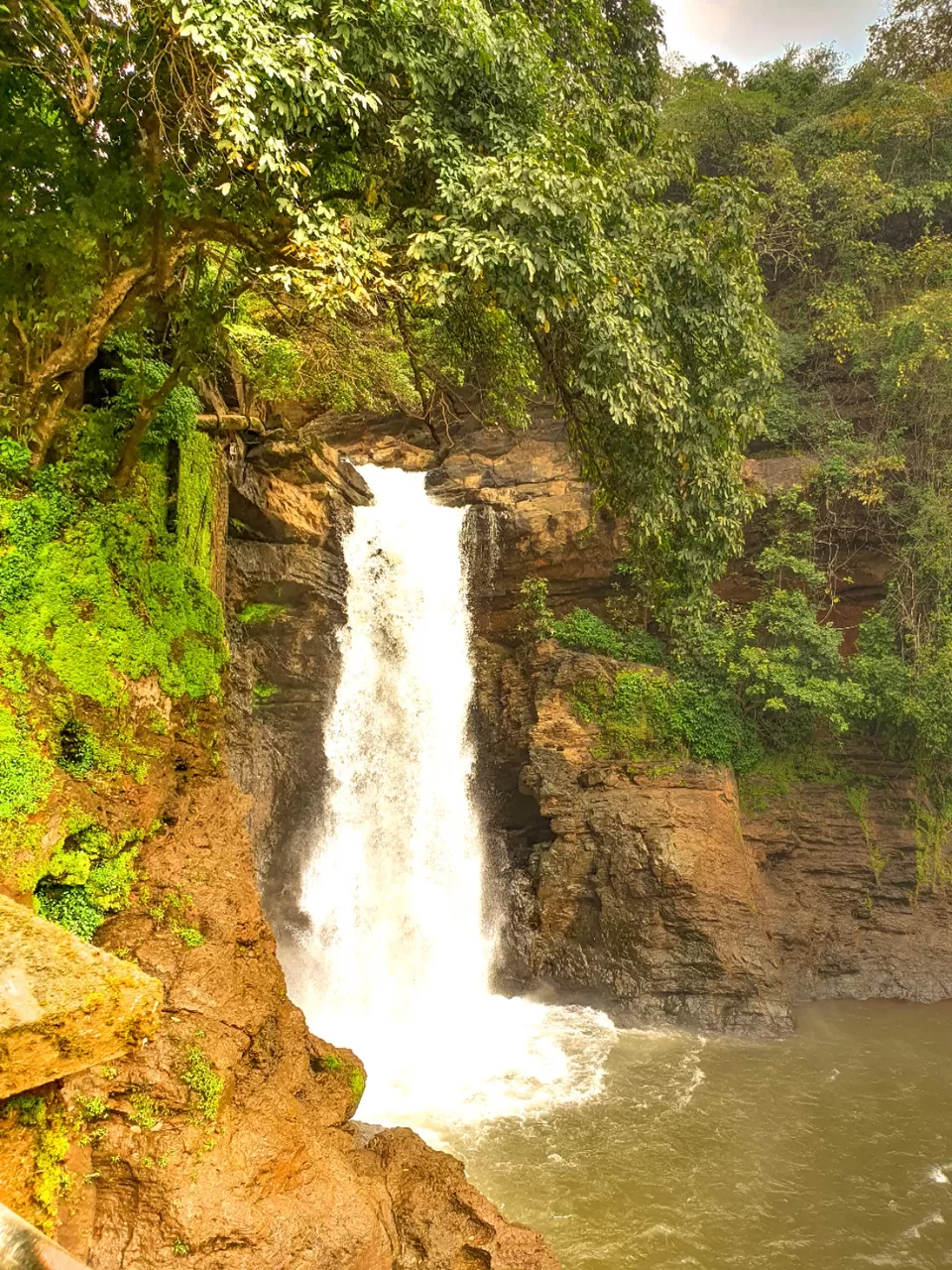
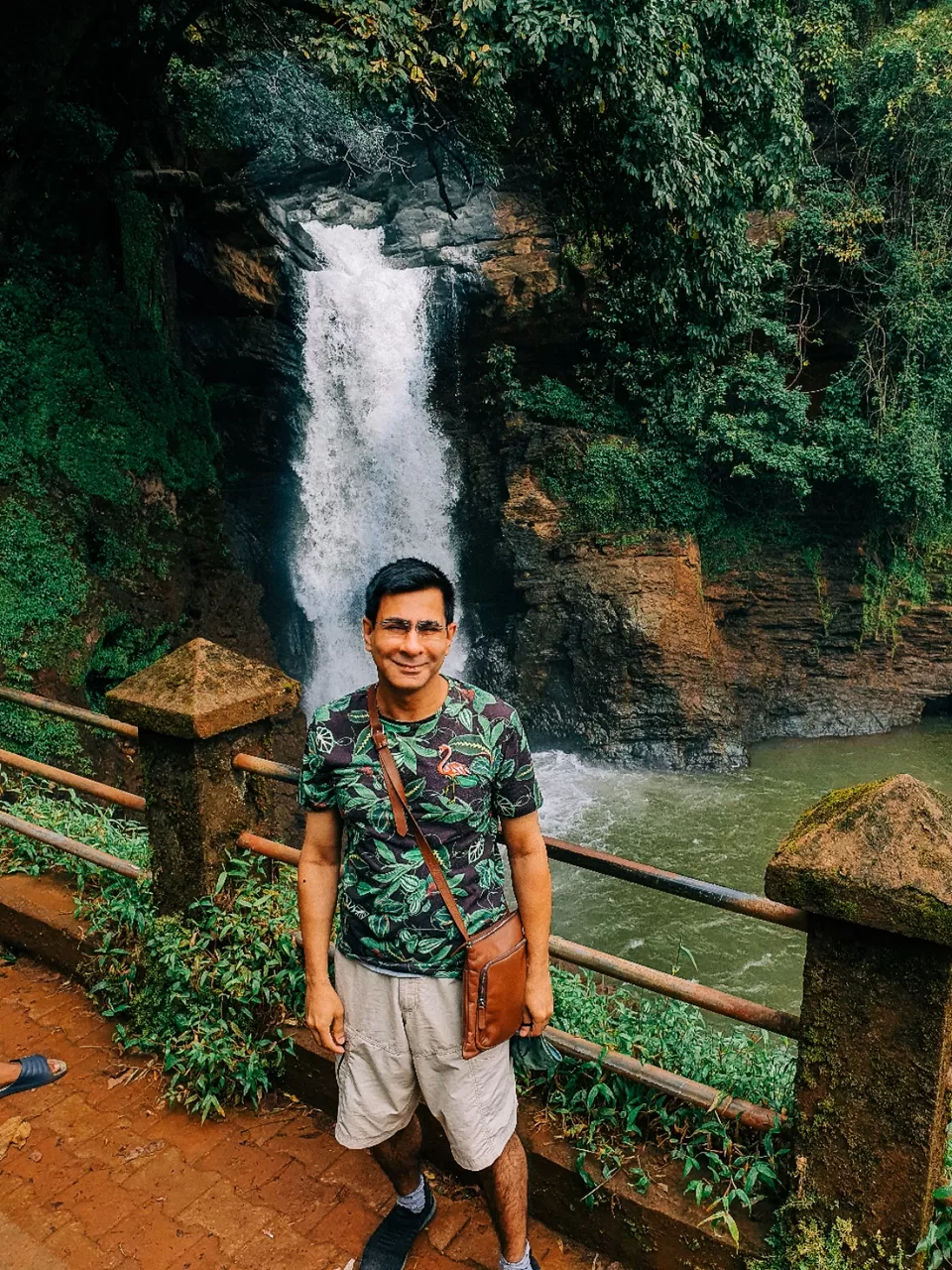
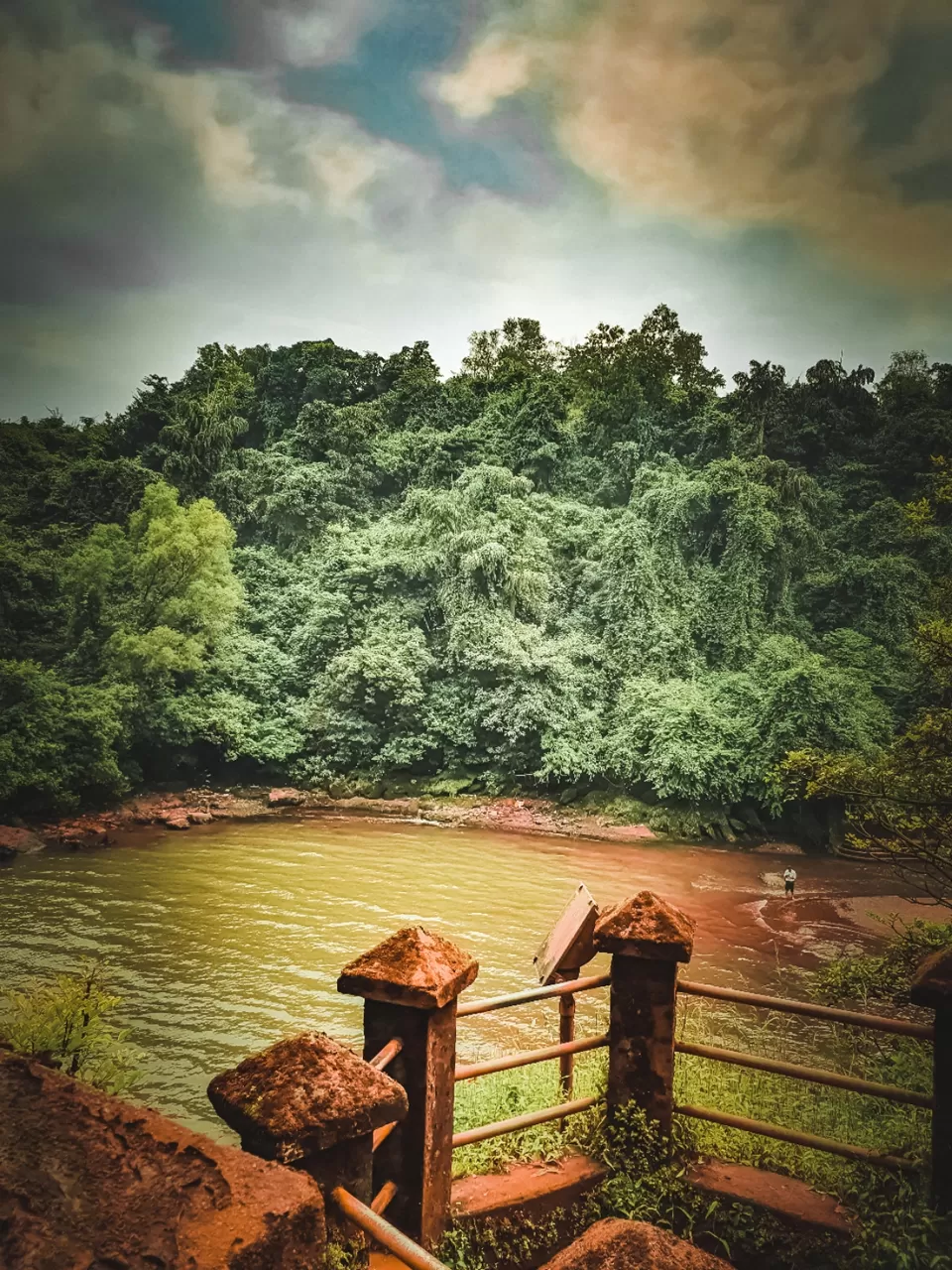
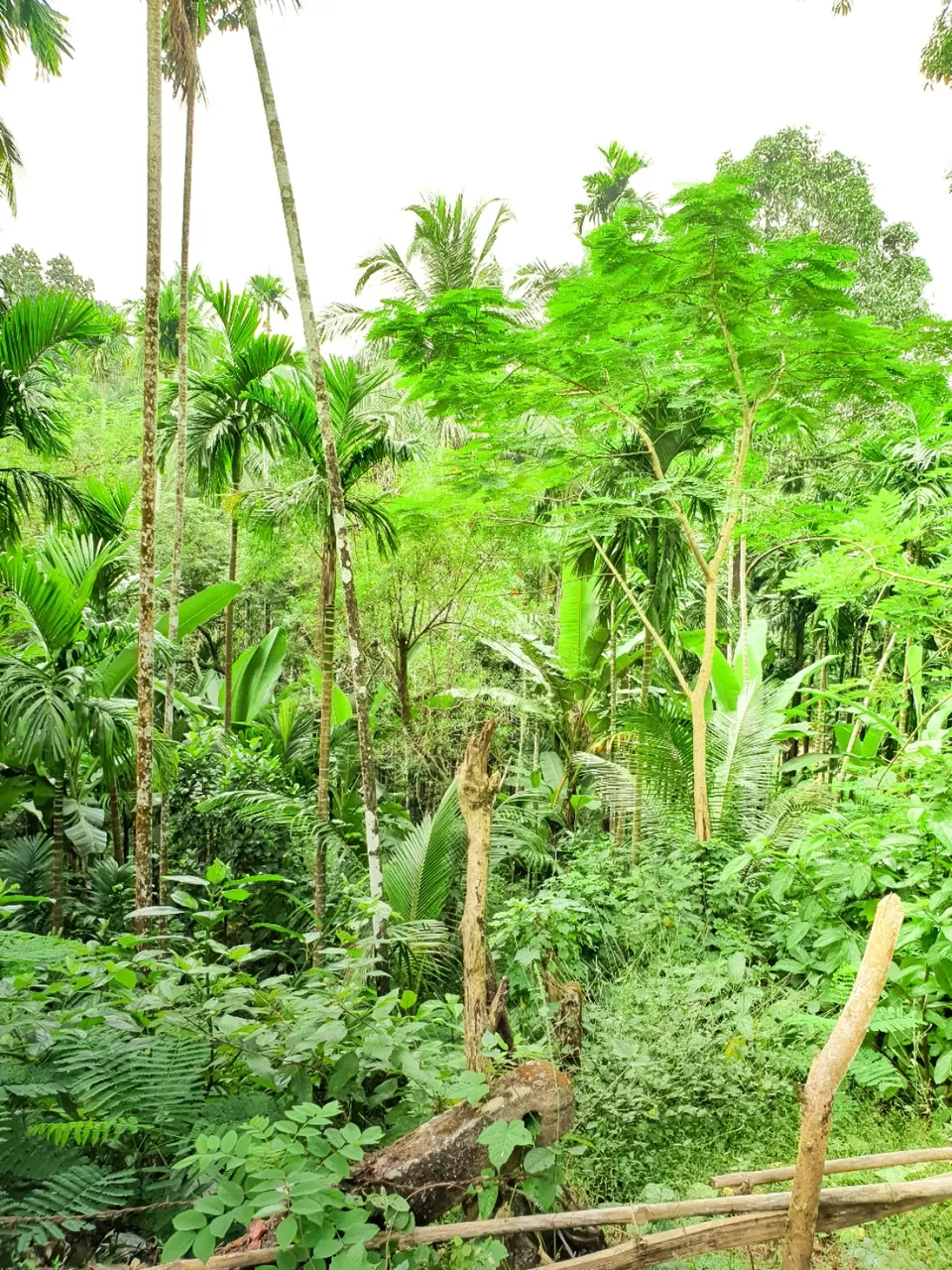
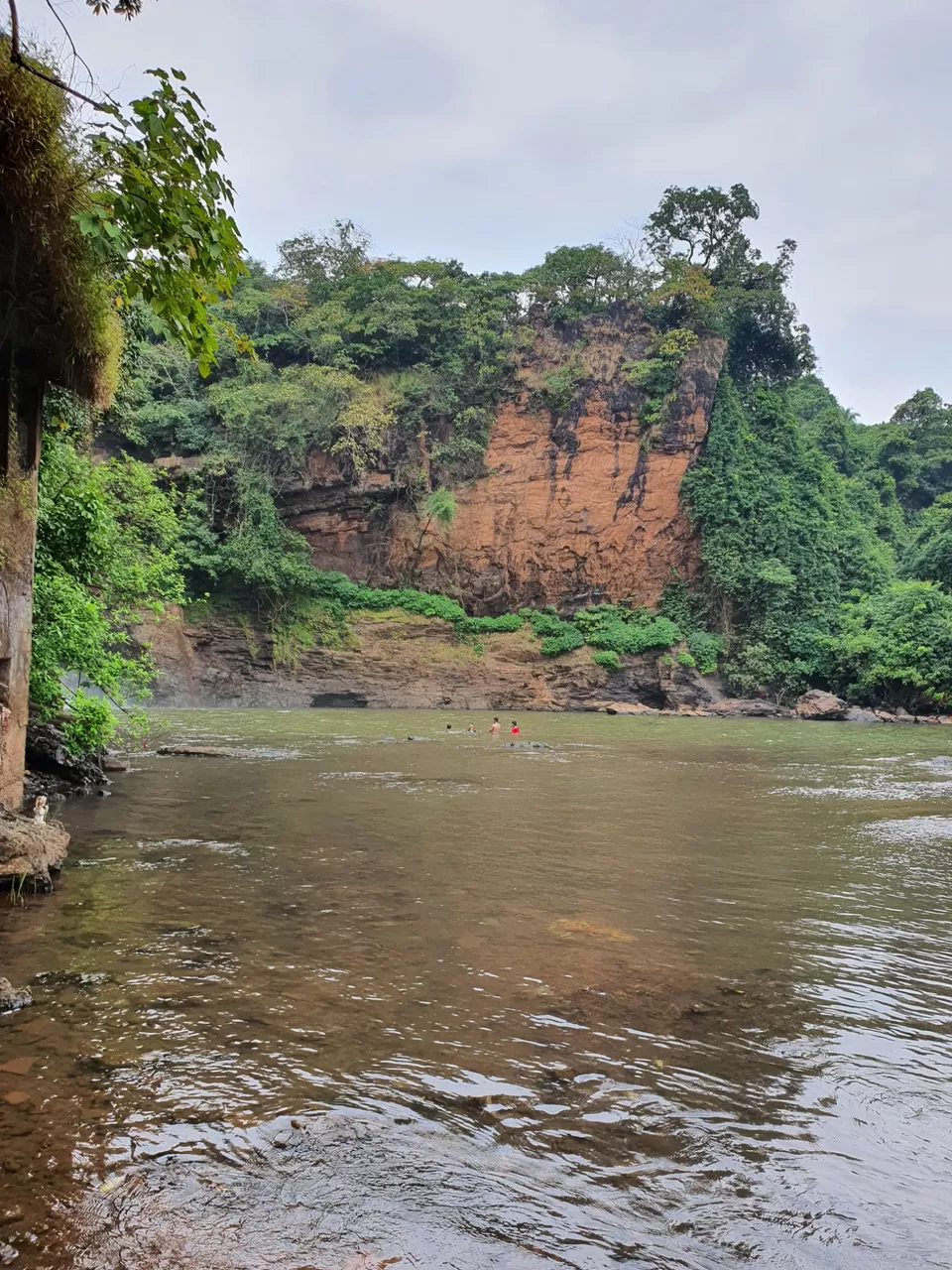
Arvalem Caves
Goa, like the rest of India, is steeped in a rich history and cultural background. This history extends much, much further back than the arrival of the Portuguese invaders and encompasses ancient civilizations dating back centuries ago.
So skilled were these ancient peoples that the monuments and structures that they created have survived into the present day notwithstanding the depredations made by invaders, conquerors, the marauding elements and inclement weather.
One such historically significant site is that of the Arvalem Caves sometimes known as the Pandava Caves or the Harvalem Caves.
Location
These caves are located near Bicholim Taluka near the Arvalem falls, and can easily be reached by road.
Timings
The caves are open to the public every day from 9.00 am to 1.00 pm and again from 2.00pm to 5.00pm.
History
These caves are believed to have been carved in the 6th century. The origins of the caves have been speculated upon by scholars time and time again. Due to the duality of the carvings and artefacts in the caves, they have narrowed this down to two possibilities that they are either of Buddhist origin or Brahmin origin.
Another legend states that the five chambers of the caves were once occupied by the five Pandava brothers, Yuddhistir, Bhim, Arjun, Nakul and Sahadev during their exile.
Many believe that the caves were in fact carved by travelling Buddhist monks out of a single laterite rock probably because their architecture resembles that of similar caves known to have been carved by the monks, i.e. rock cut caves with the sanctuary at the northern end and the vihara at the southern end. This lends credence to the Buddhist origin theory.
However, the presence of four shivlings in the caves leads one to believe that they were of Brahmin origin or were converted into shaivite caves. These lingas (phalluses) are carved and inscribed in Sanskrit and the style of these carvings is attributed to the Bhoja period.
Architecture and Design
These rock-cut caves were mined out of a single enormous laterite rock. The caves consist of five compartments which are held up by pillars. There are also Shivlings carved out of granite which have been placed on pedestals within these compartments. The Shivlings are sacred to the local people who still pay homage to them.
The walls and ceilings of the caves are bare and innocent of any cave paintings. In fact, to those used to the effusive carvings and intricate work usually found at such sites, the caves present an unusually simplistic and rustic appearance. It is this which makes them unique among similar heritage sites.
The Shivlings show carvings which are similar to those seen at the Ellora and Elephanta caves. The one in the middle compartments is known as the Lingam and is greatly revered till the present day.
The Ling in the second cave is dedicated to the sun. It bears an inscription which read “Sambalur Vasi Ravih” which has been dated circa 600 A.D. This particular Ling and inscription is ascribed to the Bhoja period, specifically during the rule of King Kapalivarman.
There is further credence given to the tales of Buddhist origin by the discovery of an enormous statue of Gautama Buddha situated not far from the caves. There was also a Buddha head that was found at the Mhamai Kamat house which was dated to the 4th Century. This is on display at the Goa Museum.
Simple and rustic, these caves are a great place to visit to see with one’s own eyes the enduring nature of the endeavours of man. A visit to the caves can be clubbed together with a visit to the Arvalem Falls as well as the famous Rudhreshwar temple.
